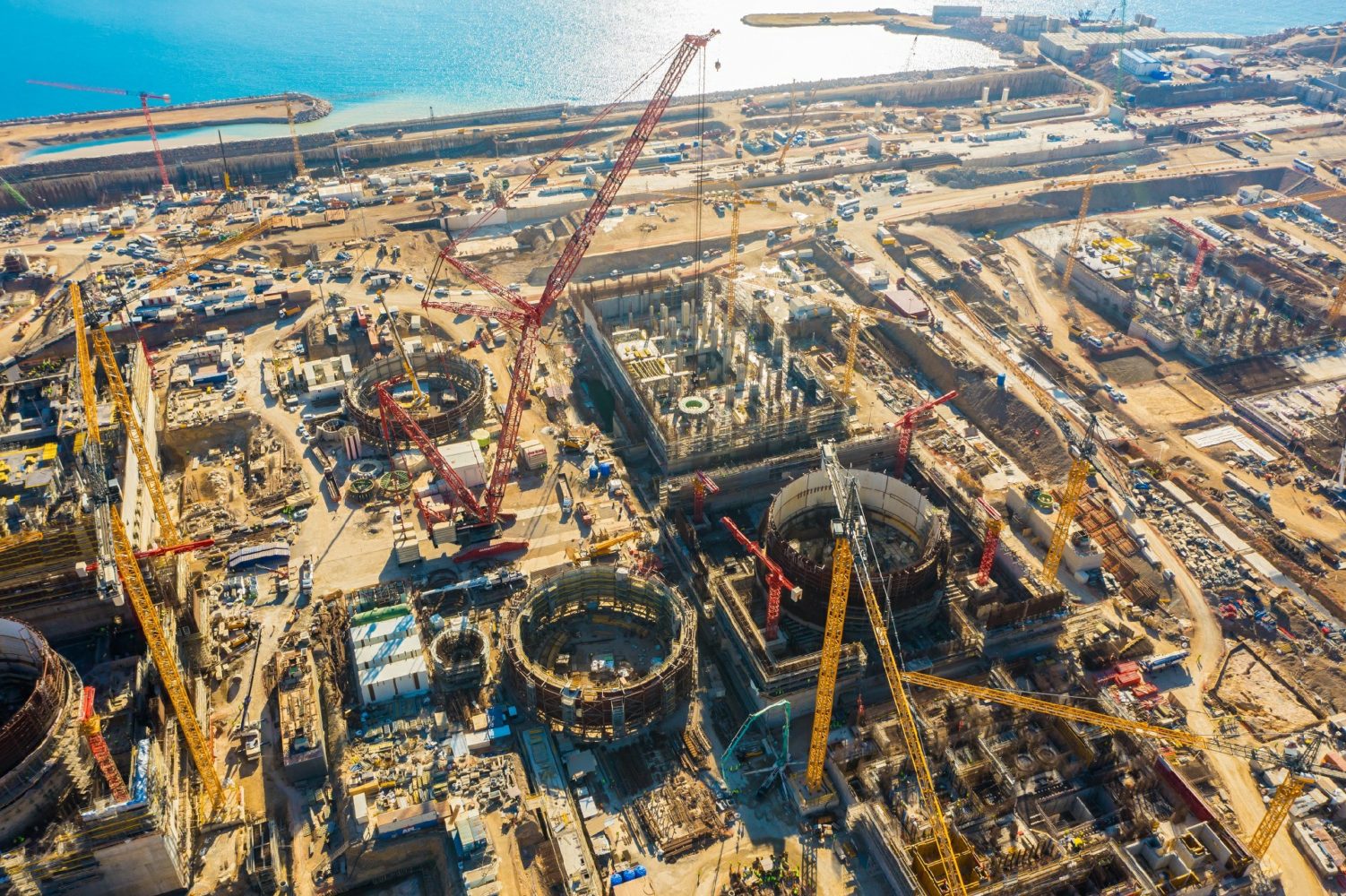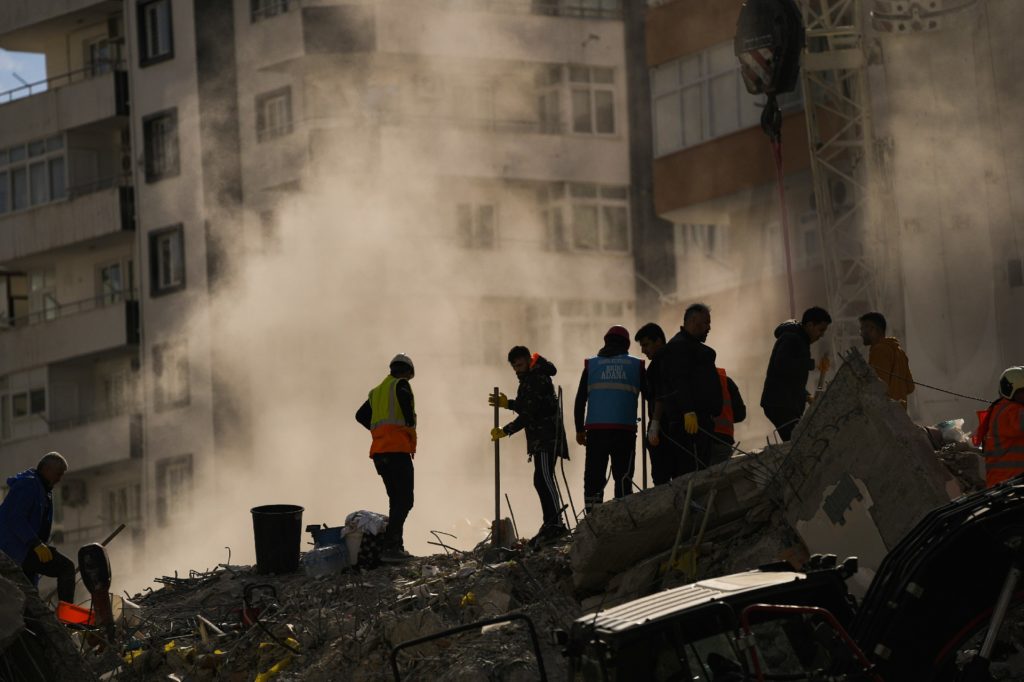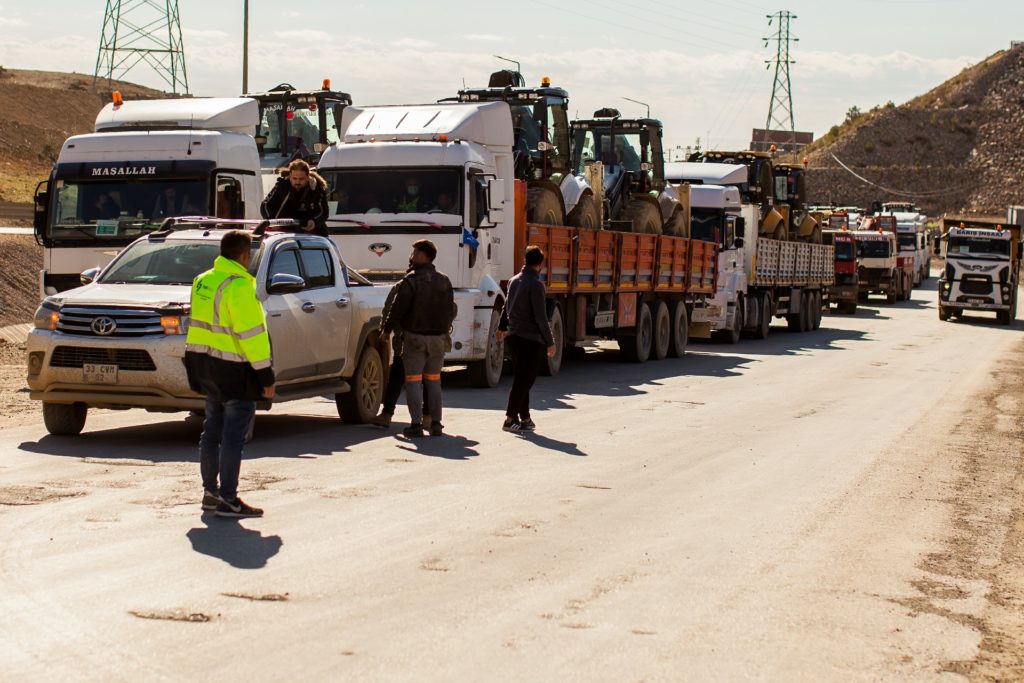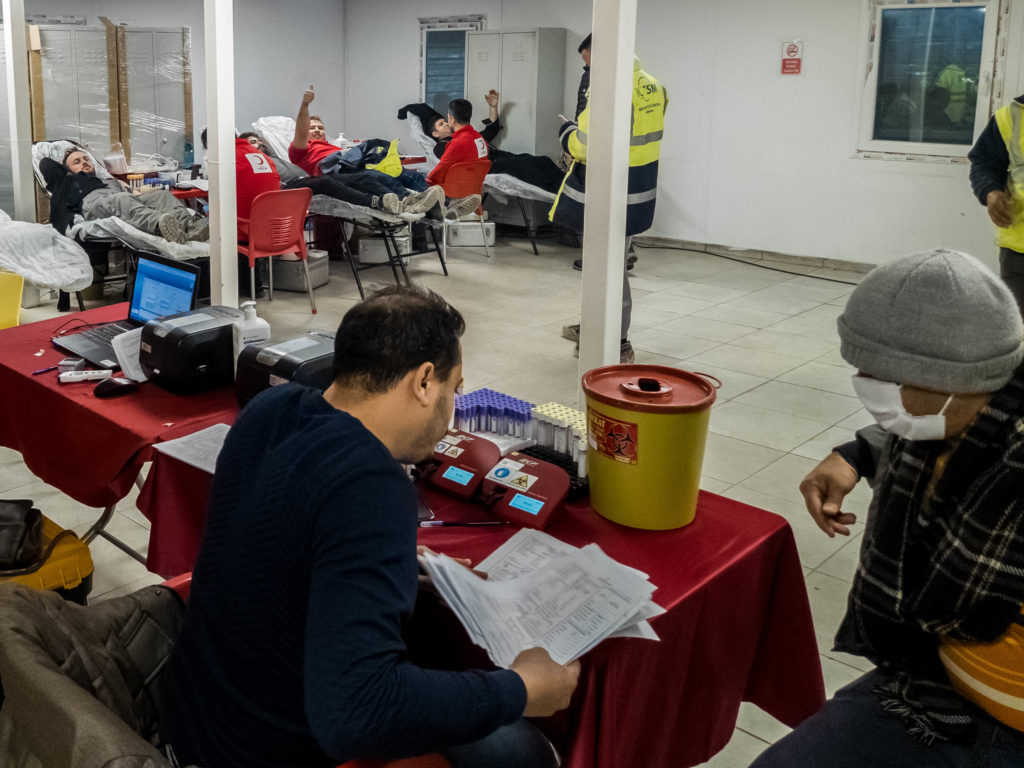
Territory of Resilience
back to contentsNo facility at the Akkuyu NPP site in Turkey was damaged by the earthquake. Construction of all four reactor units is continuing. The companies involved in the project have sent people and equipment to provide relief to the devastated regions.
Natural disaster
A magnitude 7.8 earthquake struck Kahramanmaraş Province in southeastern Turkey on the night of February 6. Then, at 1:24 pm Moscow time, the second magnitude 7.7 shock occurred, followed by the third one of magnitude 6 a few minutes later. President Recep Tayyip Erdogan said it had been the most powerful earthquake since 1939.
The epicenter was located less than 50 kilometers away from the border with Syria, which was also affected. As of February 20, the death toll in Turkey exceeded 41 thousand people, with more than 105.5 thousand wounded. In Syria, more than 5.5 thousand people were killed and about 10 thousand wounded. Turkey declared seven days of mourning for the victims.
What happened to Akkuyu
The Akkuyu site experienced earth tremors of about magnitude 3 on the 12‑point MSK‑64 scale. “Our engineers have identified no damage to the structures, cranes or on-site equipment,” says Anastasia Zoteeva, CEO of Akkuyu Nuclear. Construction and installation works are continuing.
Earthquake resistance margin
According to Turkey’s Earthquake Map compiled by the Disaster and Emergency Management Presidency (AFAD), the Akkuyu site is situated in a Category 5 zone, that is, the least prone to earthquakes. There have been no devastating earthquakes on record within a 50‑kilometer radius of the site. Nevertheless, the design of the nuclear power plant accounts for local seismic hazards.
“The location of the epicenter in this region and multiple aftershocks are associated with the large tectonic structures, the East Anatolian fault and the Dead Sea fault, and their junction. When we were working on design documents for the project, we analyzed seismic hazards in the region and those territories were considered prone to earthquakes. In different models we built, they were ascribed maximum magnitudes 8.4, 8.2 and 7.9. The magnitude of the earthquake that occurred on February 6 is lower than that taken into account in our assessment of seismic hazards,” says Mikhail Ivanov, Director for Akkuyu Design at AtomEnergoProekt.

He added that the seismic resistance assessments had been validated by Russia’s leading research organizations, CKTI Vibroseism and Construction Research Center.
In order to make the Akkuyu site resistant to earthquakes, loose soils were removed down to the rock base and replaced with concrete. There are two seismic stations at the site, and another 12 within a 40‑kilometer radius. Data from them are transmitted to Turkey’s Kandilli Observatory and Earthquake Research Institute. “If the monitoring reveals changes compared to the design specifications, they will be promptly recalculated and, if necessary, measures will be taken to reinforce certain structures,” a press release by Akkuyu Nuclear says.
The design takes into account the probability of a combination of several factors, such as an increase in the sea level, formation of wind waves, tide, storm surge, barometric effects, etc. The nuclear power plant remains protected even if the sea level rises by 8.63 meters or a 6.55‑meter high tsunami occurs (the probability of such a tsunami is once in 10,000 years).
Aid for the victims
Recep Tayyip Erdogan declared a three-month state of emergency in 10 provinces. Aid is sent to the country from all over the world.

Akkuyu Nuclear’s Department for Mobilization, Civil Defense and Emergency Centers provides support to AFAD. The companies involved in the construction of the nuclear power plant organized campaigns to collect winter clothes and basic necessities for the victims. Employees of those companies and local residents brought outerwear, shoes, blankets, heaters, sleeping bags, and more. As soon as the evening of February 7, more than four tons of humanitarian aid was handed over to the municipal authorities of Silifke. Money was also collected at the nuclear power plant construction site and the Akkuyu Nuclear offices in Ankara and Moscow. Additional blood donation points were opened at the Red Crescent branch in Silifke and the workers’ neighborhoods in Büyükeceli.
Akkuyu NPP contractors sent more than 700 people and about 80 vehicles, including cranes, tractors, excavators and dump trucks, to remove debris. Over 60 buses were provided to take the doctors arriving at Adana Airport and deliver them to the victims. Fifteen firefighters from the Akkuyu NPP Fire Department helped put out the fire in the Port of Iskenderun.

“It is impossible to remain indifferent to such a disaster, and we are grateful to our colleagues and all the construction site employees for their help. When every second is precious, people and resources must be mobilized instantly. We will, of course, go beyond the measures we have taken and provide all possible support to those affected. We mourn together with the people of Turkey, express our deepest condolences to the families of the victims, wish a speedy recovery to the injured, and hope that everyone who is still under the debris will be rescued,” Anastasia Zoteeva said.




